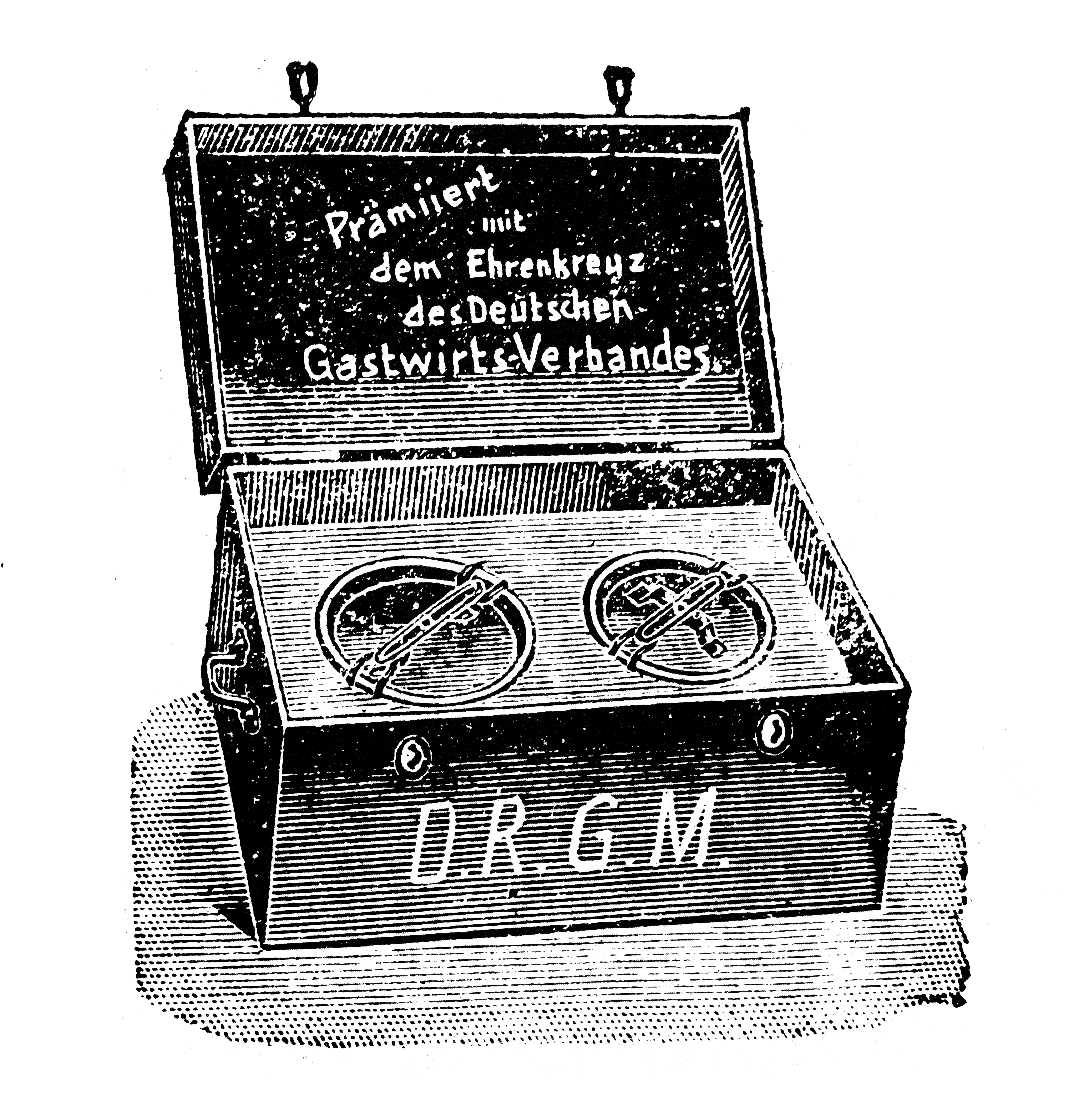Hayboxes are largely a thing of the past, but that doesn’t mean that you can’t benefit from using these simple pioneer tools in your home.
A ‘haybox’ is pretty much exactly want it sounds like, it is a box packed with hay. Hayboxes are used to cook foods that have been already heated past the boiling point, by insulating in the heat to food already has from being boiled. It is often described as an electricity-free crock pot. Hayboxes provide several benefits to those who use them and they can be built easily with basic tools and supplies that you might have laying around anyway.
Advantages to cooking with a haybox:
- Saving fuel and energy costs
- Freeing up room in a crowded kitchen
- Providing a way to safely cook food when not at home
- Preserving precious fuel while camping or during a crisis
How to Make a Haybox
You can either build a wooden box with dimensions near a 30-inch cube, or you can customize one that you already have. Preferably the lid will be a deep lid, with several inches of room to work with and not a flat lid that simply sits on top. Line the inside of the box with paper or cardboard that you glue.
Line the inside of the box with paper or cardboard that you glue in place in order to help provide a seal. Fill the box with fresh fine hay, not coarse hay digging out a “nest” that will fit your Dutch oven or other cookware that will retain heat well. Next, fill the lid with hay and use cloth to hold it in place, leaving room for the lid of the container so that when closed there will be a pot sized hole in the hay for your cookware to rest while inside.
Although this is a very simple design that can be tweaked based on the materials you have on hand, there are also hayboxes available online for purchase if you’d rather buy one ready-made.
Keep in mind, it can take up to three times the usual amount of time to prepare food using a haybox, and if the food is left in too long it can cool down making some dishes unsafe unless they are again heated past the boiling point. But these drawbacks can be accounted for and overcome easily with a little practice.
If you enjoyed this, you may also like:


